Rafael Crema Tobara, CIO, CTO, and Technology Director at Sapore, shares his personal career journey and discusses Sapore’s major projects and plans.
Avenue Code: Tell us about your personal career path. How did you become the CTO, CIO, and Technology Director at Sapore?
Rafael Tobara: I started working with IT when I was 15. I was taking a technical course in data processing at night while working at Microcamp – a Brazilian company that offers computer and language courses – and I often exchanged work for computer classes. I majored in Computer Science and then earned two MBAs, one in Business Management and another in Project Management.
One of my most formative experiences was working at a US startup focused on cashback and loyalty. The experience of working with Agile models and scrum outside Brazil allowed me to take a leap in my career when I returned, because in Brazil, this business model was not common at the time.
My next role was Head of Digital at Duratex, where I structured the company’s entire digital transformation. I started this project with only two other developers, and after 6 months, we had 90 people in the 17 teams that we created.
After 3 years, I came to Sapore, the first genuinely Brazilian multinational corporate restaurant. I was hired to prepare the company for IPO (going public) and to structure information security teams, development teams, governance, and innovation products. At Sapore, we use artificial intelligence to help with logistics, expiration dates, and safety, as well as to prepare the company to integrate the startups that help us serve more than 1.3 million meals a day.
AC: In 2017, Sapore launched Sapore Pay, an application that allows customers to order in advance, pay online, and pick up products on time or at scheduled times. Can you tell us a little more about Sapore Pay and any obstacles you faced in creating it?
RT: Sapore Pay was our first online ordering and payment application that was developed to solve one of our main challenges - food waste. This tool allows us to know almost exactly which dishes are the most in-demand, and we can schedule meals without having to produce multiple menus at once. For example, we own several restaurants within the Honda Factory. We used to produce meals for more than 3,000 people a day without knowing their preferences, but now we can determine preferences and reduce food waste.
After seeing the success of the app, we decided to expand and serve customers outside the factory. Sapore reinvented itself by introducing a new startup called Shipp into its ecosystem. Now we can serve not only factory employees but also schools, and we even deliver to individuals. Another interesting fact about Shipp is that in our restaurants, people can simply pay for their meals directly with the app using the QR Code. During the COVID-19 pandemic, Shipp orders tripled.
AC: What challenges and opportunities is Sapore facing in terms of digital transformation during COVID-19?
RT: Within Sapore, the first change was cultural. Previously, no one worked from home. Almost nobody had remote access; everyone worked onsite with desktops. In basically one week, we bought laptops so that our people could work from home, gain remote access, and migrate to virtual platforms. This extensive change was carried out by our IT team in record time.
Within the restaurants, the changes were also drastic. Our self-service restaurants, for example, now have acrylic dividers, and specific employees are assigned to serve people. Our biggest challenge is changing, from one hour to the next, the way that 17 thousand people serve and receive our meals. We increased the number of virtual meetings by 200% to ensure we’re creating and following a new mindset.
AC: Where technology is concerned, processes change all the time to keep up with business changes. Do you work with the Agile methodology? If so, how does this model help your team track with real-time changes?
RT: Both the Labs (experimentation team) and the startups use Agile, but I also have a team working on legacy projects, and it is not yet Agile. For example, we have a new digital product under development that will save Sapore around 800 thousand reais per year. This product - a satisfaction survey that was previously administered by a third-party partner - was easily created in no more than four sprints.
AC: What's next for Sapore?
RT: Our first goal is to open Sapore's capital on the stock exchange, which involves changing ERP. For instance, we’re implementing SAP, among other changes. The other objective is to generate disruption in the food market - we want to be in the market for meal delivery and not just production of corporate meals.
AC: What do you look for in strategic partnerships?
RT: We have many partnerships, from start-up companies that we want to invest in and/or acquire to third-party companies that we keep as partners. This varies according to demand and the development of new projects. I like this mixed model of CLTs and consultants because it gives me the flexibility to assemble teams according to a project’s lifecycle stage. For example, I can focus on UX and then on development and finally QA, making my decisions faster and more scalable.
AC: Thanks for your time today, Rafael! It’s been a pleasure hearing about your work, and we look forward to watching how Sapore continues to evolve and expand!
Author
Andressa Lopes
Andressa Lopes is the Inside Sales Lead at Avenue Code. She loves to talk to people and create new possibilities. She is also crazy about plants and piano.




